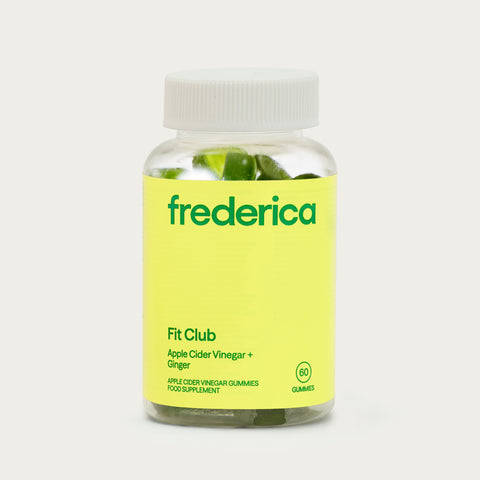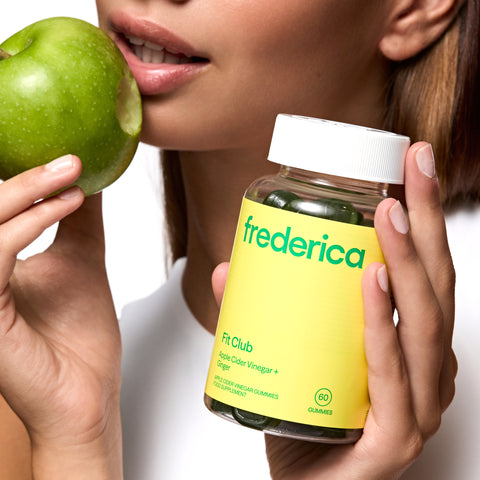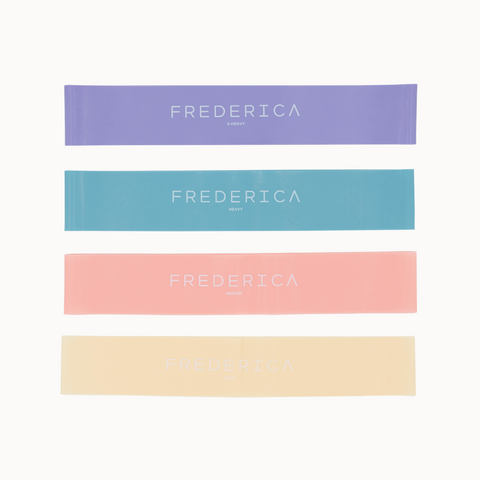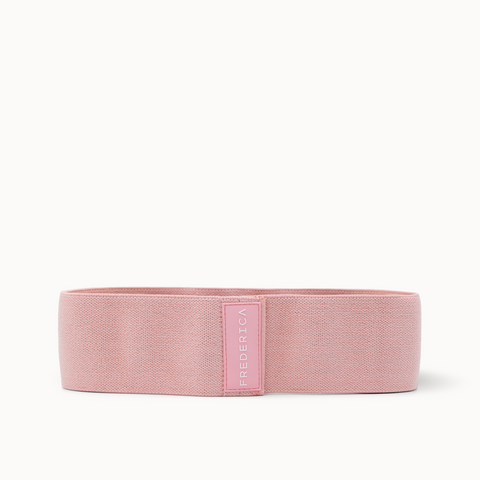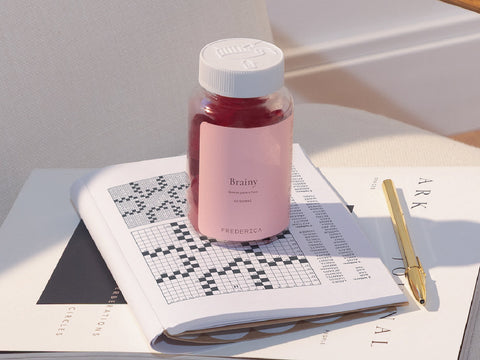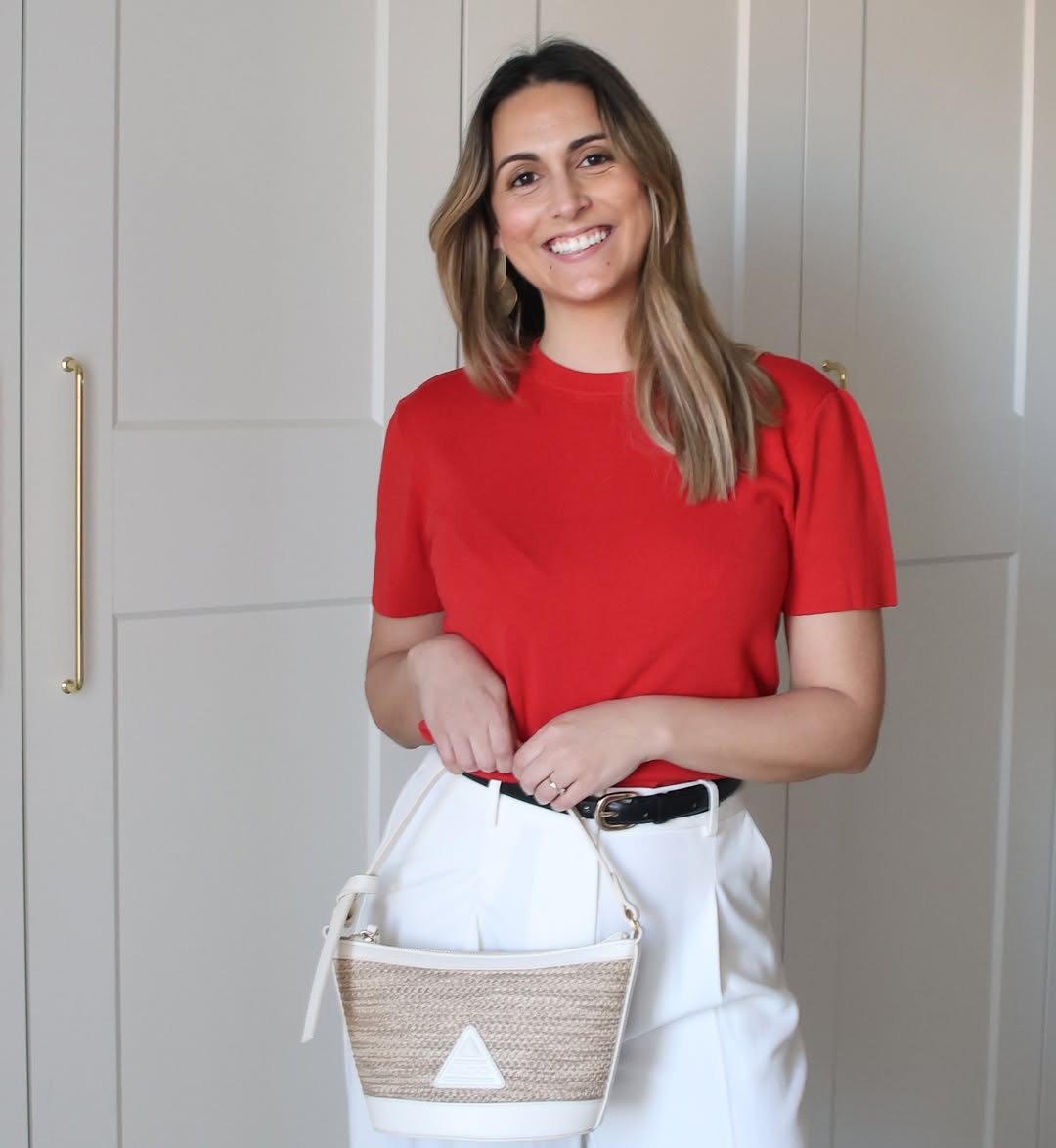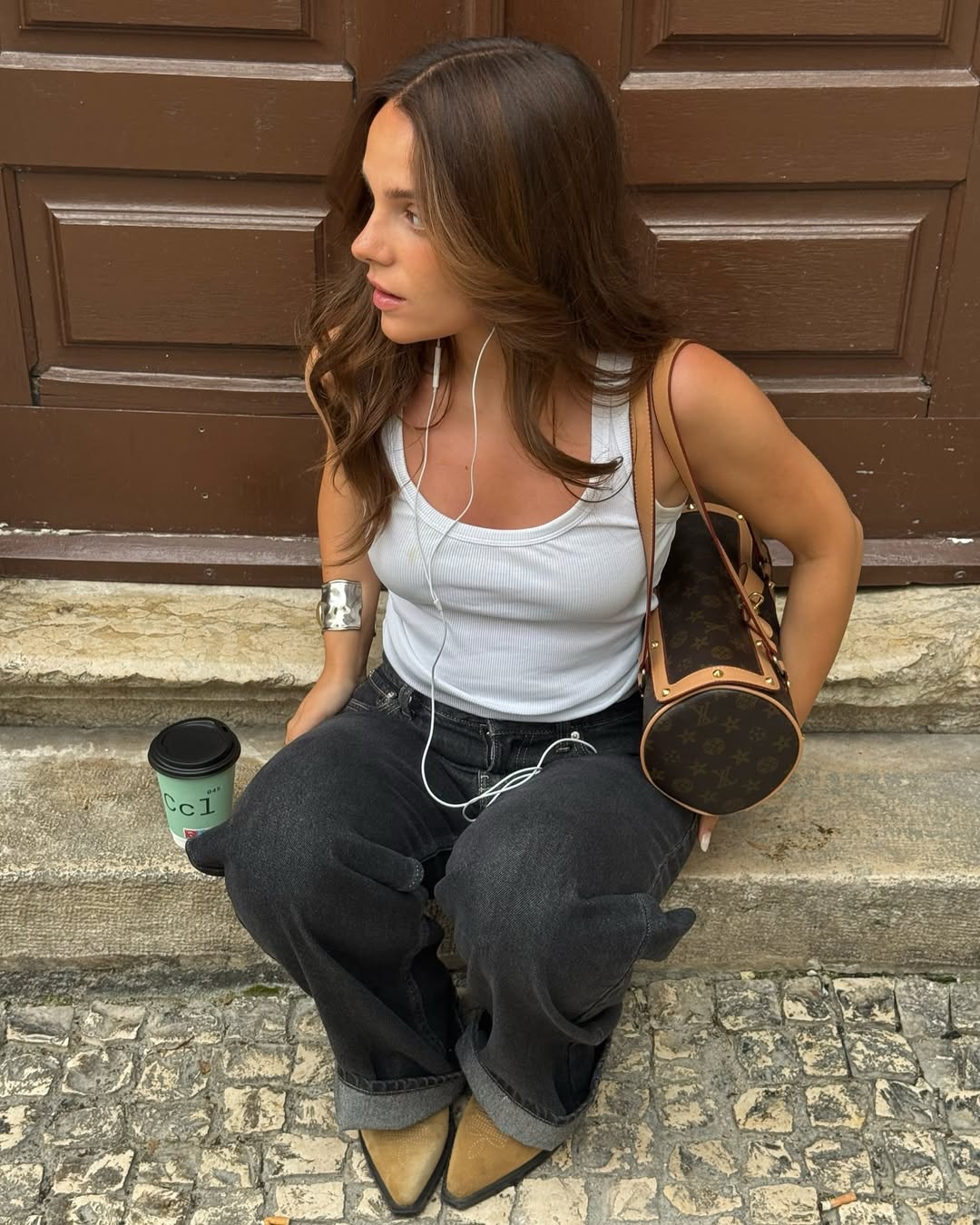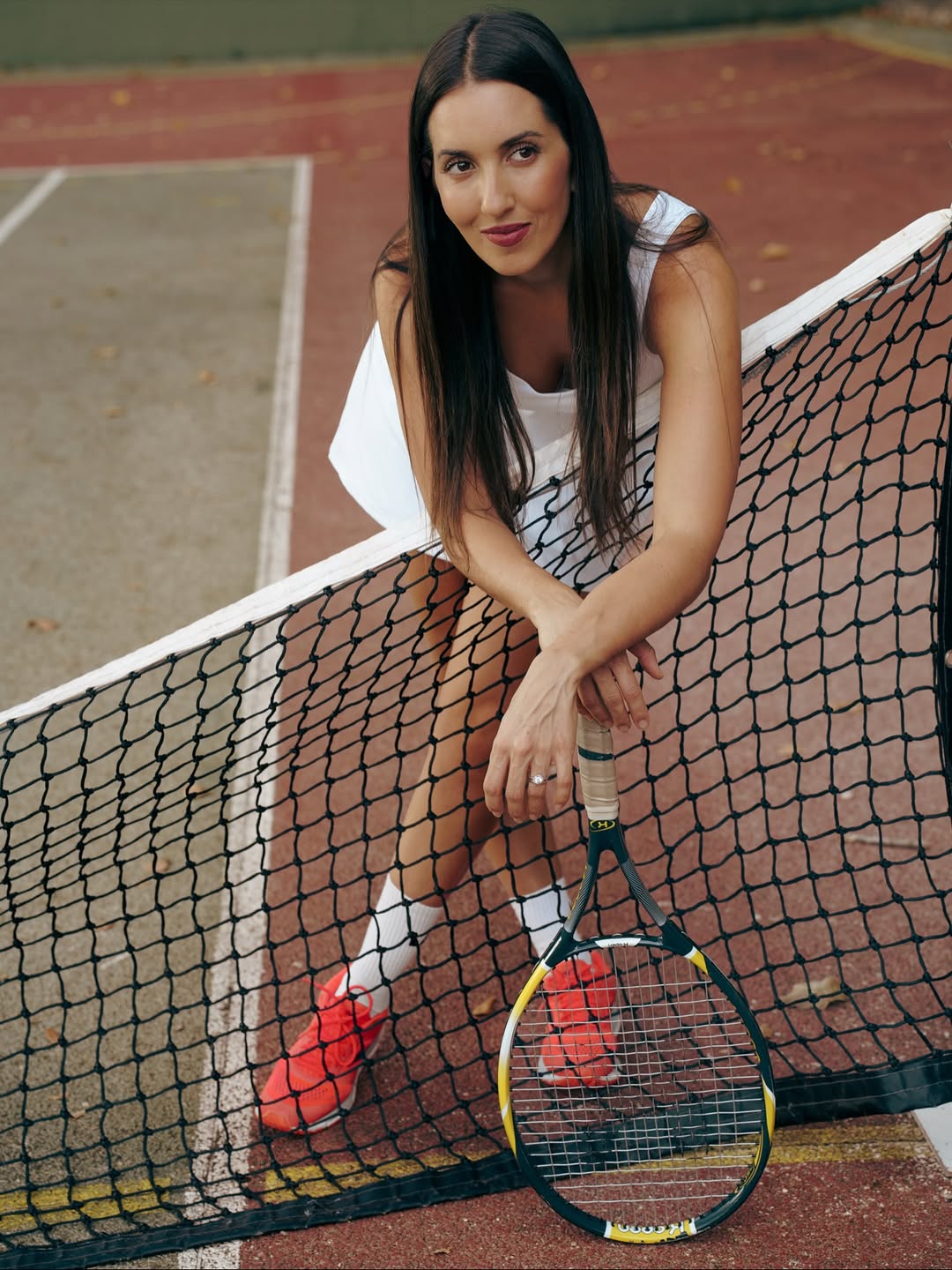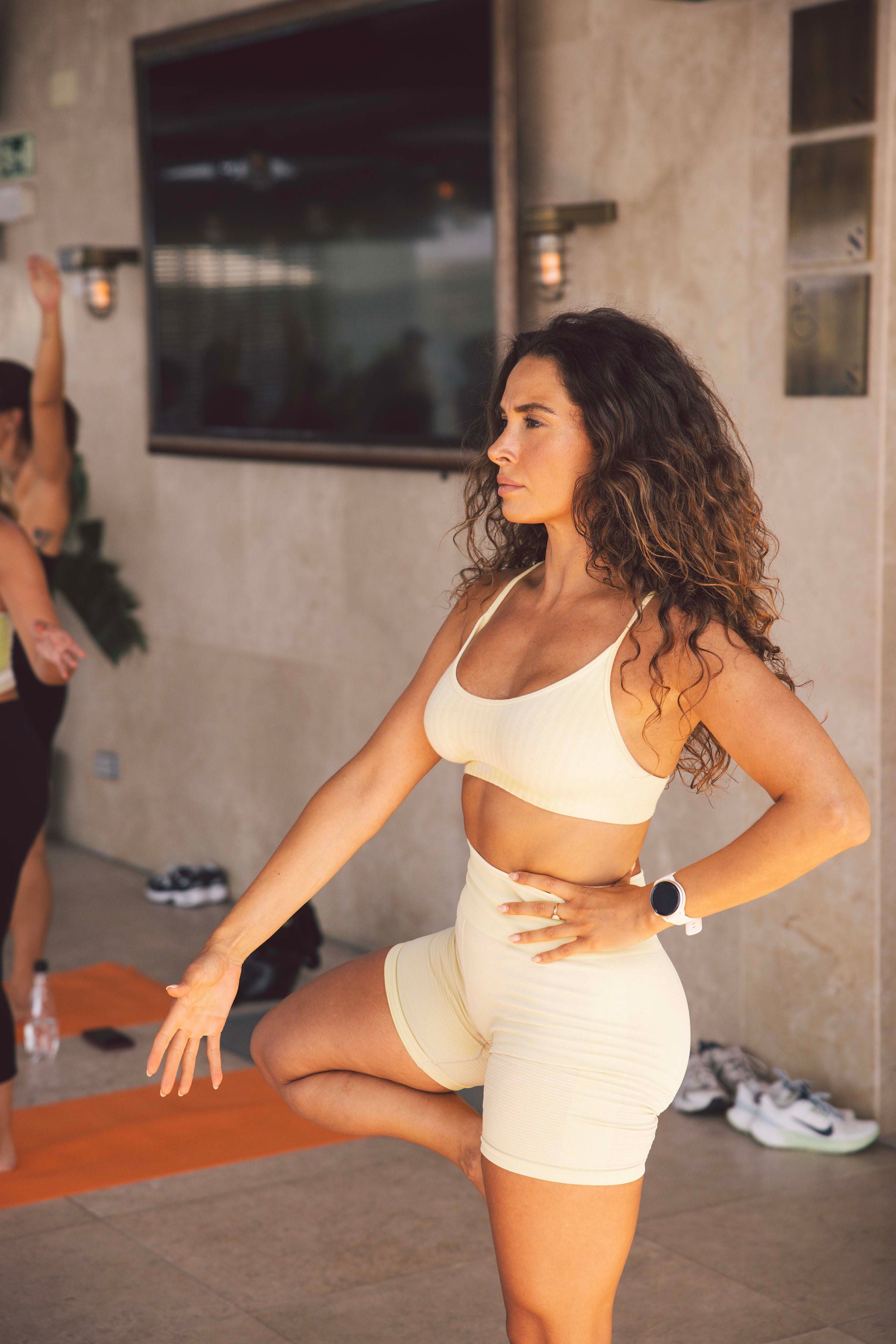It's not a diet or a detox plan, but rather a plan to live a lighter, more beneficial life this year. Together with nutritionist Lillian Barros, Frederica presents you with two nutritional challenges to improve your life. The goal isn't to lose weight or gain muscle, but to feel better and be healthier.
Sometimes we think that improving our habits is an impossible task, but it can be much easier than we initially imagine. Small gestures can make a difference. Below, find our challenges, written by Lillian Barros.
1. Drink more water
Each person is different, but in the office there are many recurring complaints, such as a tendency to retain fluids, the desire to eat sweets at the end of the day, the wolf's hour when you get home, or the accumulation of localized fat that insists on not leaving the hips or abdominal region.
"I can't drink 1.5 liters of water a day," "It's winter... I'm not thirsty!", "I forget, and before I know it, another day has gone by and I've barely drunk any water except at mealtimes!" This is one of the most common complaints in nutrition consultations. And perhaps the same thing happens to you. Because you can't, you forget, or even you simply don't like it.
While all the excuses are valid, we should hydrate our bodies daily, whether it's summer or winter. This consumption should be spread out throughout the day, and depending on the external temperature, body temperature, humidity, and daily losses, the seven to eight glasses a day shouldn't be forgotten. If you're one of those people who only realizes you haven't drunk enough water when you look at the almost-full bottle when you leave work, take note of the tips below. There are a few tricks that can help you remember this basic, yet important, rule.
1. Flavor your water.
Adding flavor and functionality to your water can be a way to make drinking it much more enjoyable. Cinnamon sticks, lemon slices, mint, or berries can be interesting solutions that help not only hydrate but also satiate, fight free radicals, and improve digestion.
Ingredients:
4-5 strawberries;
1 lemon;
1.5 liters of water.
Preparation method:
Wash the ingredients very well, cut the strawberries into quarters and the lemon (keeping the peel) into slices;
Combine all ingredients with 1.5 liters of water and refrigerate overnight. Serve chilled.
2. Drink unsweetened teas and infusions.
In winter, drinking cold drinks isn't as appealing. Opting for hot herbal teas or teas can be a good way to maintain body temperature, stay hydrated, and explore the world of medicinal plants, which have countless benefits for our health and well-being. Try a hibiscus and orange peel infusion:
Ingredients:
1 tablespoon of hibiscus;
Peel of 1/2 orange;
1l of water.
Preparation method:
Boil water in a kettle until it boils;
Pour boiling water over your infusion ingredients and let it steep for about 15 minutes.
Instead of purposefully peeling an orange, you can save the citrus peels you use for various purposes by air-drying them and storing them in a sealed container to prepare your future infusions. You can consume them immediately or, if you prefer, let them cool to drink warm, or refrigerate them once cooled to drink cold throughout the day.
3. Set reminders on your phone .
There are apps that help us remember to drink water, but a simple reminder can be all we need to break down our water intake throughout the day. Apps like Water Reminder , Waterbalance , Water Your Body , Hydro , and Plant Nanny are some that can help. If you're not a fan of apps, you can always set reminders on your phone.
4. Set goals .
If your goal is to drink 1.5 liters of water by the end of the day, take advantage and divide your water bottle into consumption goals throughout the day, with designated times. Just use a marker. The challenges we set ourselves work very well.
5. Adopt strategic routines .
Incorporate strategic glasses of water throughout your day to create regular habits. Knowing that each glass of water contains approximately 200-300ml, your goal becomes ever closer.
Try starting your day with a glass of warm water (add a few drops of lemon), and accompany your breakfast with an unsweetened herbal tea. Before lunch and dinner, drink a large glass of water to help you feel full. Make your own afternoon tea, accompanying your snack with an unsweetened herbal tea, and drink a calming herbal tea before bed. With this distribution, you'll have six glasses down. Give it a try.
You can also adopt the strategy of always drinking a glass of water with your usual coffee. How many do you drink? Two cups of coffee a day with a glass of water is a bonus of (practically) half a liter of extra water. Simple, right?
6. Keep water close to you.
If you have to get up every time you need a glass of water, you might skip this routine. Don't forget to have water accessible, close to you, on your desk, and ready to drink.
7. Include hydrating foods in your diet .
They're no substitute for water, but opting for hydrating foods can be a good strategy. Sugar-free gelatins, fresh fruits, vegetables, greens, detox juices, and hot or cold soups are some examples.
2. Coffee without sugar
We start the year off right in January, and the first challenge is to eliminate added sugar from beverages like coffee, tea, and milk. And when we talk about this ingredient, we're not just talking about white sugar, but any type of added sugar, such as honey, brown or granulated sugar, coconut sugar, maple syrup, agave syrup, and many others. Have you ever done the math to get an idea of how much sugar you consume each year and that you voluntarily add to your drinks? Not to mention the sugar present in the foods you buy that you don't even realize they contain, such as yogurts, plant-based drinks, juices, etc. Consider the following reasoning: a typical Portuguese person who drinks an average of two coffees a day, if they add a packet of sugar to each one, will have consumed over 4kg of sugar by the end of the year. Can you imagine what that would be?
The same goes for the sugar we add to teas or galões, which is added to the sugar in coffee. You have two ways around this: if you have the motivation and willpower, you can be radical and simply eliminate sugar completely (it's hard, but you'll get used to it quickly); on the other hand, you can find healthier alternatives, such as stirring the coffee with a cinnamon stick or adding a little ground cinnamon directly. You can also add a little almond (without added sugar, of course) and a little coconut oil, or, alternatively, gradually reduce the amount and educate your palate to the true flavor of coffee.
Try to imagine what it would be like to start using only half a packet for two months, then just 1/4 for another two months, until you could eliminate it completely. It would be a kind of gradual weaning. There's no one formula that's more correct than another. The important thing is that you reach the ultimate goal: zero added sugar! If you mess up along the way and only manage to reduce it by half, you've already won 50% of the battle. Some people add sugar to their coffee simply because they don't like coffee and need a boost to wake them up and increase their focus and concentration. In that case, why not replace the coffee with black tea, green tea, matcha latte , or golden milk ? Here's a suggestion. Are you up for the challenge?
Lillian Barros is a nutritionist and a national leader in functional nutrition. With a degree in Nutritional Sciences, her desire for growth led her to the United Kingdom, where she studied Nutrition and Food Science. Lillian currently works with hundreds of people seeking a healthy weight, a more balanced life, and a healthier, more detoxified body.



